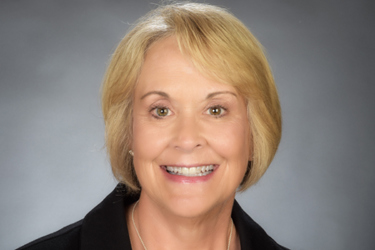A Closer Look At How RBQM Has Evolved In Recent Years

By Dan Schell, Chief Editor, Clinical Leader

This is part of a series of articles I'm writing in preparation for attending my first SCOPE Summit. Micah Lieberman and all the staff at SCOPE have been very helpful connecting me with some of the presenters and panelists at this year's conference. These articles are not part of a barter agreement; instead, they are just a way for me, the newbie in the industry, to learn more about some of the topics being discussed at this year's event. Due to scheduling conflicts and limited time on my part, some of these articles will appear after the SCOPE Summit.
While the terms RBQM and RBM are not necessarily synonymous, if you were focused on either prior to 2020, it's likely you had an uphill battle implementing these concepts for some of your trials. Of course, COVID-19 changed all of that.
Mary Arnould, senior director, program management/RBM lead, Clinical Science Operations at Astellas, has plenty of anecdotes on how the RBQM landscape has changed in the past four years, and she will share some of her stories in her presentation, COVID-19 Pandemic Impact on Risk-Based Quality Management, at this year's SCOPE summit. “Utilizing RBQM entails a culture shift,” says Arnould. “As such, it's understandable to face resistance when transitioning to a risk-based model that focuses less on SDV.”
A myriad of benefits have been touted for years in discussions about RBM. For example, increased patient safety and improved efficiencies for both sponsor and site personnel are among some of the most common. During our short conversation, Arnould referenced a TransCelerate BioPharma position paper that stated, “The rate of SDV-only discrepancies in Critical Data (2.4%) suggests that SDV has a negligible effect on data quality. These data help support the TransCelerate methodology which recommends shifting the focus from On-site Monitoring (including 100% SDV) to a risk-driven tailored approach to monitoring. This shift is consistent with regulatory guidance.”
Arnould’s presentation will highlight some of the site-monitoring practices affected by the pandemic that ultimately led to broader acceptance of risk-based approaches. She also will discuss RBQM challenges as well as positive trends that emerged in recent years.
